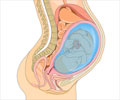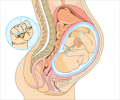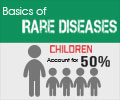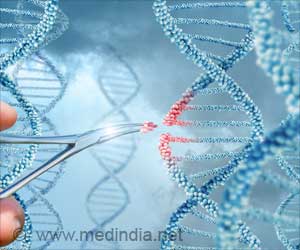How is the amniotic fluid used to determine genetic disorders? RNA-sequencing of amniotic fluid cells helps in prenatal diagnosis and tailored management.

‘The genes present in amniotic fluid cells were comparable to other clinically accessible tissues commonly used for genetic diagnosis.’





Rare diseases are usually genetic in origin. Although individually rare, collectively rare diseases were found to be 1 in 67 in the Hong Kong population.The identification of genetic causes in rare diseases can provide accurate counseling for better clinical management and future pregnancy planning, which is essential to support the patients.
Current technologies for prenatal diagnosis are largely DNA-based, with a large proportion (60-70%) remaining undiagnosed can lead to clinical uncertainty and parental anxiety.
Recently, RNA sequencing has been found to increase diagnostic yield by 10% to 36%, however, none of these studies focused on prenatal diagnosis.
Despite the availability of a well-established large database cataloging the gene expression profile of different tissues for adults, a similar publicly-available dataset for amniotic fluid cells reflecting the embryological and fetal stage is lacking.
Amniotic Fluid: Protective Fluid Surrounding Fetus can Prevent Genetic Diseases
Hence, further study and research on RNA sequencing in the prenatal setting are necessary. Keeping that fact in mind, researchers demonstrated the potential clinical utility of amniotic fluid cells RNA-sequencing.Advertisement
They found that the number of well-expressed genes in amniotic fluid cells was comparable to other clinically accessible tissues commonly used for genetic diagnosis across different disease categories.
The findings of this study have significant implications for solving undiagnosed rare diseases in Hong Kong. It is the first time that amniotic fluid cell RNA-sequencing is reported to provide potential clinical utility in prenatal diagnosis in literature.
With the identification of the genetic cause, precision medicine such as tailored clinical management and pre-implantation genetic diagnosis for families with family history is possible.
Source-Eurekalert














